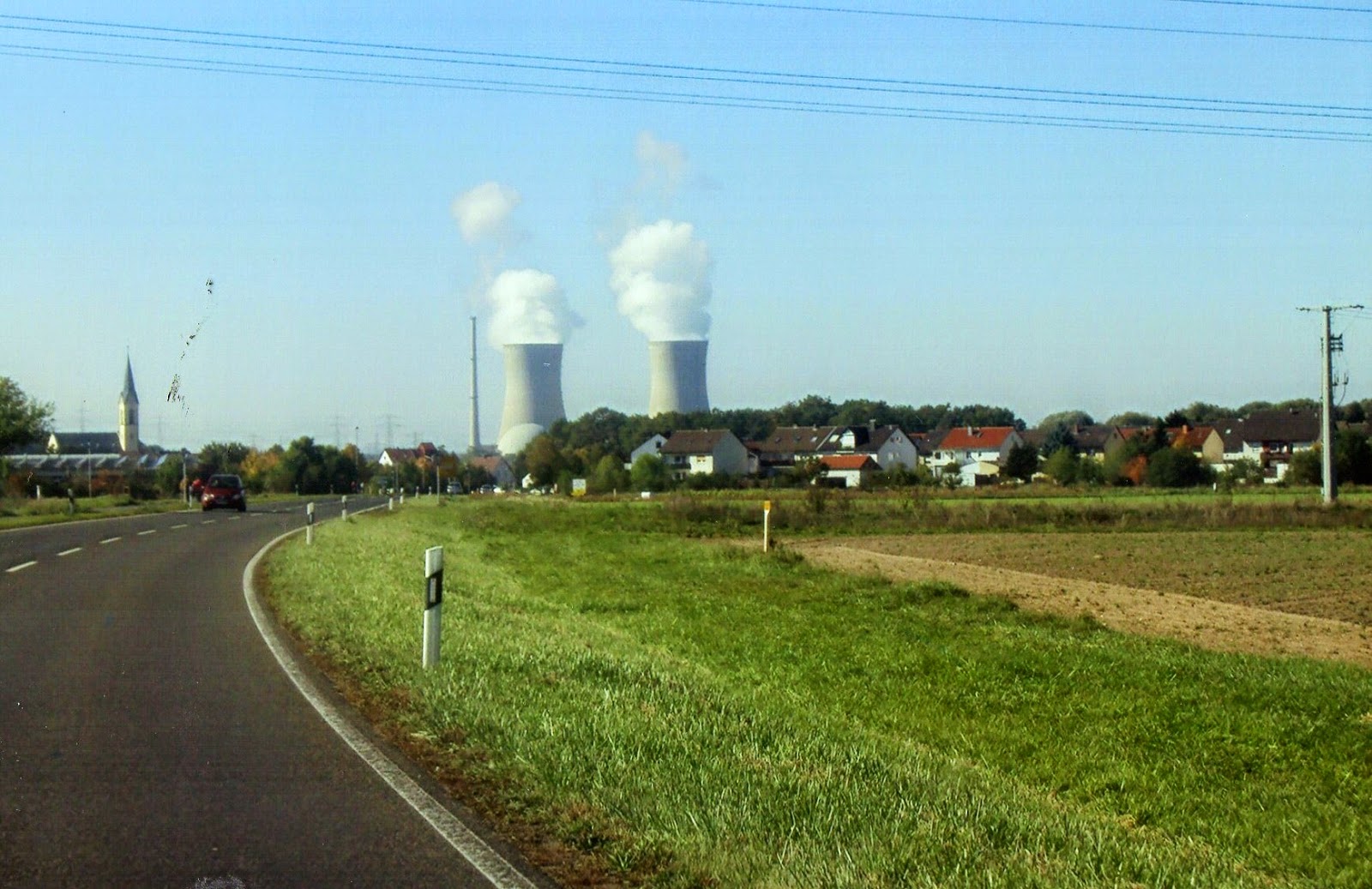This image was painted by El Greco (Doménikos Theotokópoulos) around 1580, and it now hangs majestically in the Prado Museum in Madrid. This museum also contains many works by Velázquez, Goya, Rubens, and Dürer. El Greco, an artist who was born in Crete and was later trained in Venice, eventually settled down and founded a studio in Toledo, Spain. This city is rich with history, particularly religious and civil history (i.e. the wealthy middle class). This image was painted when El Greco was around 40 years old; he also painted “The Burial of Count Orgaz” (a scene depicting the ethereal funeral of a prominent Toledo citizen) in this decade as well. El Greco, although initially trained as an icon painter, is considered a mannerist. His bodies are elongated and ghostly looking, his backgrounds are not completely “of this world,” and his colors are usually dark and stormy. This particular color scheme is evident in “Knight With Hand on his Chest.” For example, the whole painting is just one variation of gray/black. The only light comes from the barely illuminated visage and ruff of the solemn knight. This coloring is akin to Tintoretto, a Venetian painter that is most famous for his smoky/vibrant colors (i.e. “The Last Supper”).
 |
|
El Greco, c. 1595 http://en.wikipedia.org/wiki/El_Greco |
However, who exactly is this so-called “knight?” Although the specific identity is not known, the viewer can be sure that he is taking an oath or otherwise professing his loyalty to his profession. He is a knight because we can see his ornate sword and fine gold (and probably expensive) chain on his ebony tunic. The role of a knight during the Renaissance was different than the stereotypical medieval knight that fought on horseback, used a sword to chop off hands, and defended Christianity to the hilt (i.e. the Crusades). The Renaissance knight didn’t actually fight in combat very often; the position was more ceremonial and reserved for the wealthier classes that emerged during the Renaissance. It is because of this emerging class that smaller individual works such as this one (it is only 32 inches by 25 inches) were able to be commissioned for artists like El Greco. I also think it is noteworthy that this subject is looking out directly at the viewer. He confronts us emotionlessly, as if demonstrating his seriousness. The face depicted here almost resembles that of El Greco’s in “The Burial of Count Orgaz”; could this be a self portrait? According to the Web Gallery of Art, this work was supposed to be a portrait of Juan da Silva, a mayor of Toledo. However, El Greco supposedly changed his mind and painted a knight instead. Unusually, this work does not depict a heavenly scene (which he tended to do). To conclude, El Greco has influenced a plethora of later artists including Picasso, Manet, Cézanne, and Delacroix.
Source
http://prezi.com/szuzpcumgd3p/knighthood-in-the-renaissance-by-luis-vazquez-brandon-lee/
Source
http://prezi.com/szuzpcumgd3p/knighthood-in-the-renaissance-by-luis-vazquez-brandon-lee/



